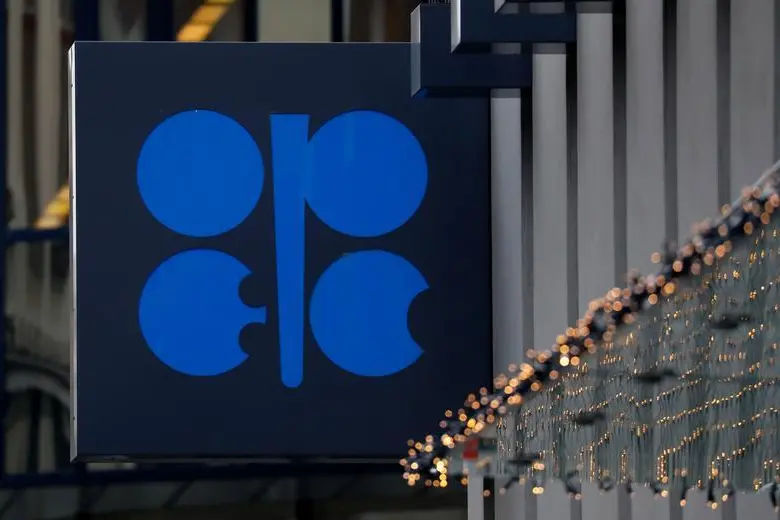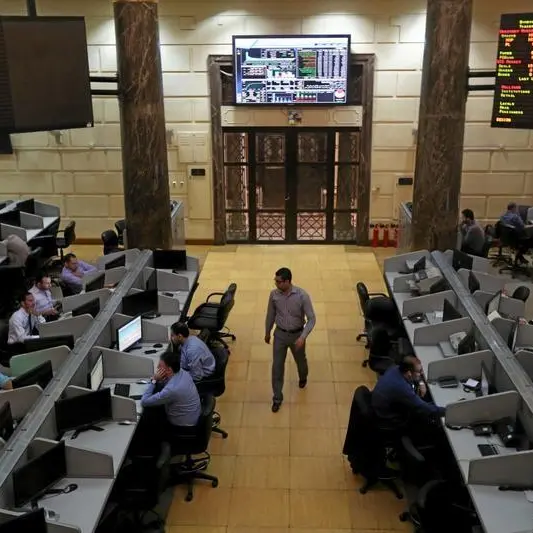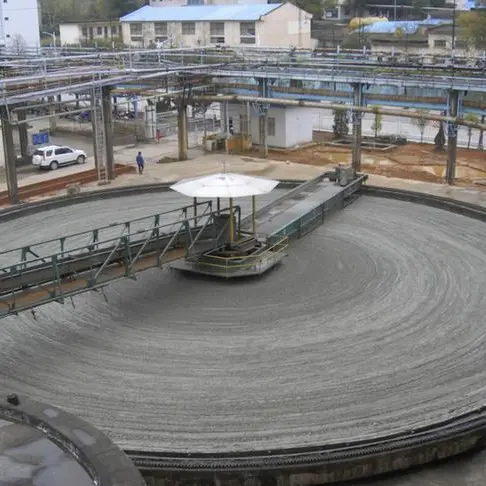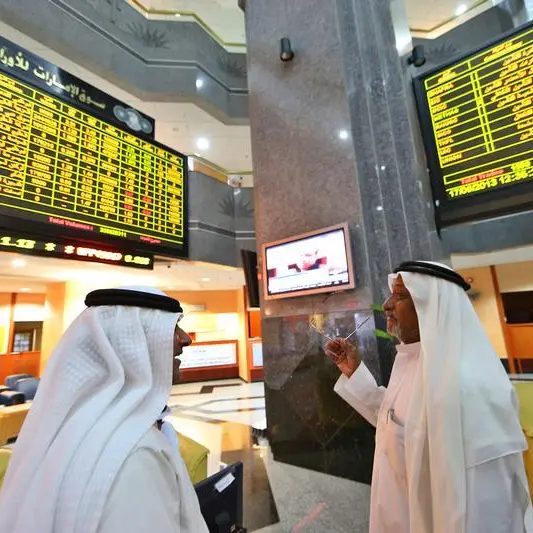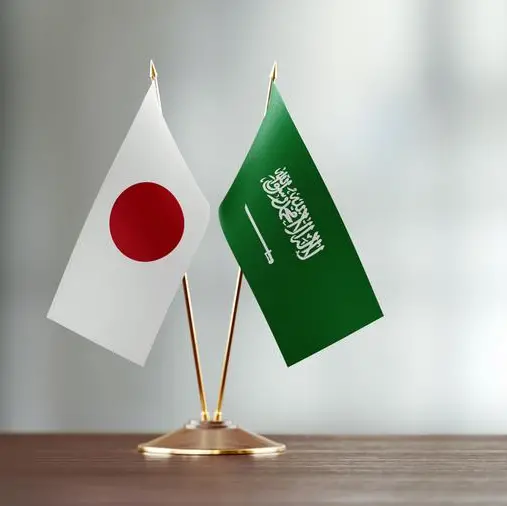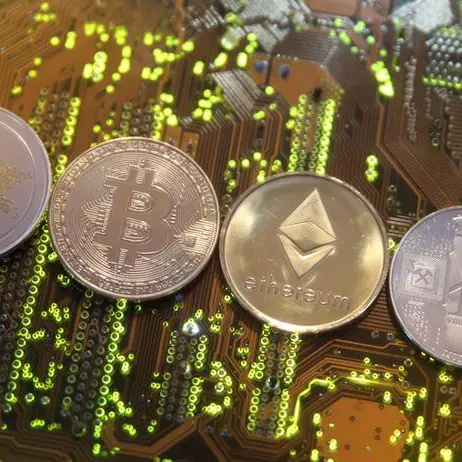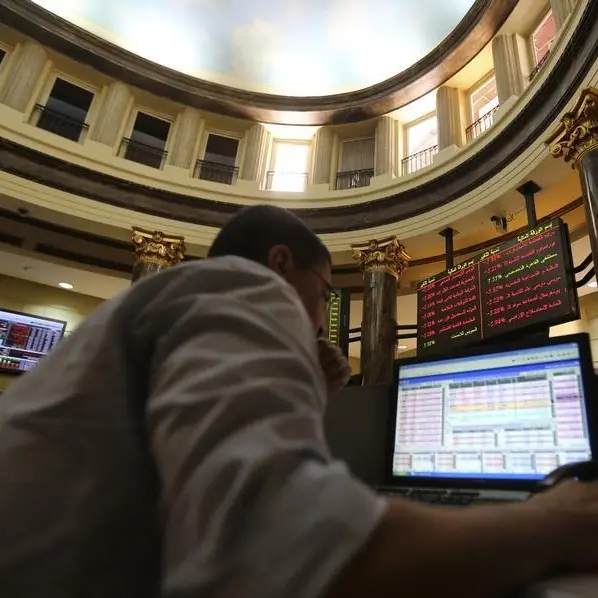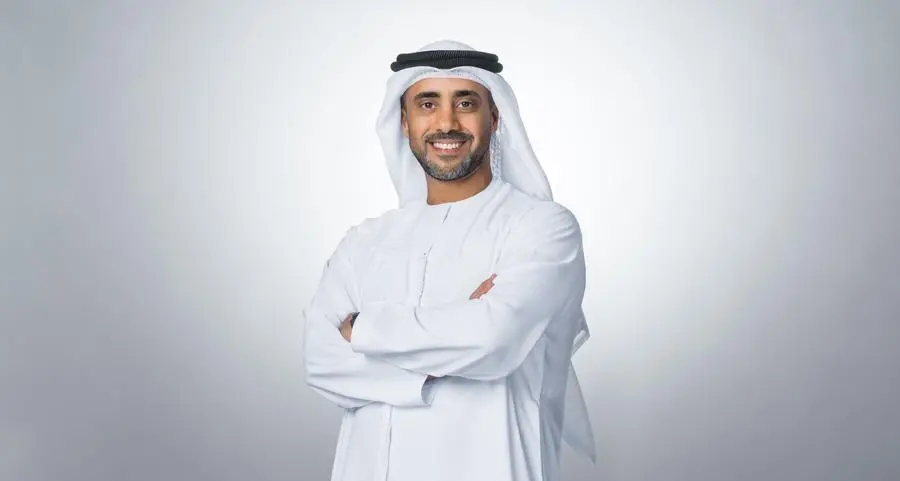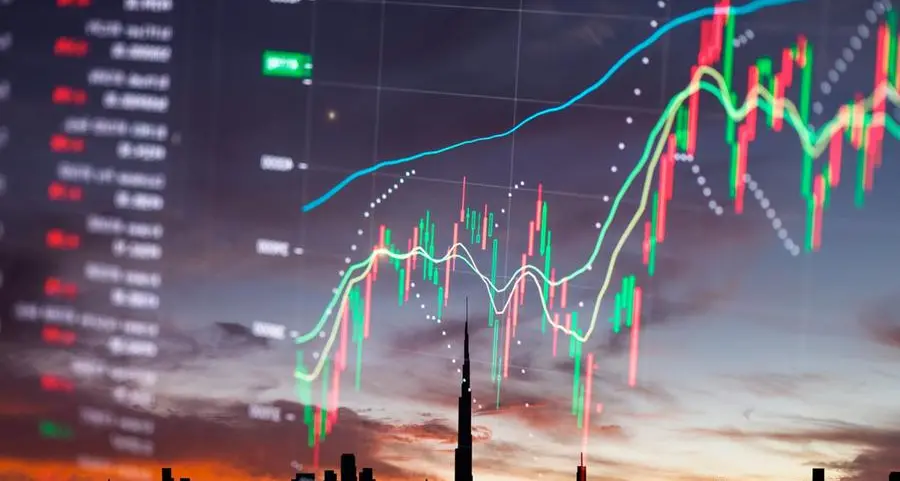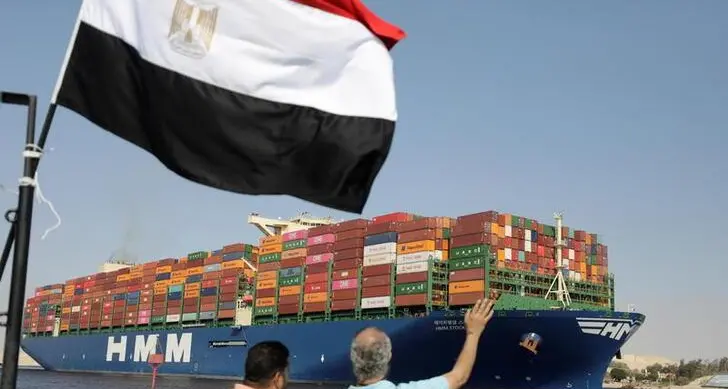PHOTO
June 1 was the most optimistic meeting of OPEC+ ministers since the outbreak of the pandemic. Both Saudi energy minister Prince Abdulaziz bin Salman and Russian deputy prime minister Alexander Novak highlighted signs of improvement and economic recovery. It was also one of the shortest meetings in recent history. The 23 countries will continue on their path of returning 2 million barrels per day (bpd) between May and July, which will amount to more than 800,000 incremental barrels in July.
The decision made sense given that markets are currently tight and undersupplied. According to OPEC, oil stocks fell by 1.1 million bpd in June. The decrease will average 1.4 million bpd throughout the year with the biggest draws taking place between August and December. The drawdown of bloated stocks since April of last year is nothing but spectacular with pretty much all of the excess inventory gone.
The fact that OPEC+ did not announce how they intend to proceed after July reflects caution. Demand has returned in the US and China. Europe is also recovering as vaccination levels increase. As of July 1, the EU will halt travel restrictions. Still, there are trouble spots in India, Latin America and parts of Asia. The unpredictability of how the virus evolves and its mutations weigh heavy on the minds of economic decision makers, and energy ministers are no exception.
Although, if demand continues on the current trajectory and OPEC+ sticks to the current schedule, leaving production flat from August 2021 through April 2022, markets could become very tight.
Ministers were wise to take a wait-and-see attitude as the virus makes demand unpredictable and there are uncertainties on the supply side, such as the eventual return of Iran to oil markets if and when they reach an agreement on a nuclear agreement with the P5+1 resulting in the lifting of sanctions.
Prince Abdulaziz did not want to comment on this issue, but OPEC Secretary General Mohammed Barkindo said at a technical meeting on Monday that: We anticipate that the expected return of Iranian production and exports to the global market will occur in an orderly and transparent fashion, thereby maintaining the relative stability OPEC+ has achieved since April 2020. There are other uncertainties on the supply side, such as whether Libyan production will remain stable given its internal issues, or how Iraq will fare in what is predicted to be a very hot summer.
Prince Abdulaziz stressed that the monthly meeting schedule of ministers would remain in place through April 2022, which is wise given the vagaries affecting the demand and supply balance. The prince stressed that he would remain attentive to the market, which is precisely how he and OPEC+ achieved the tremendous rebound in the commodity since that day in April 2020 when WTI turned negative for a day.
In the run-up to the meeting Brent reached $71 per barrel, the highest since early 2019. It has come down some since then and traded at $70.19 per barrel in the early evening CET.
Cornelia Meyer is a Ph.D.-level economist with 30 years of experience in investment banking and industry. She is chairperson and CEO of business consultancy Meyer Resources.
Twitter: @MeyerResources
Copyright: Arab News 2021 All rights reserved. Provided by SyndiGate Media Inc. (Syndigate.info).
